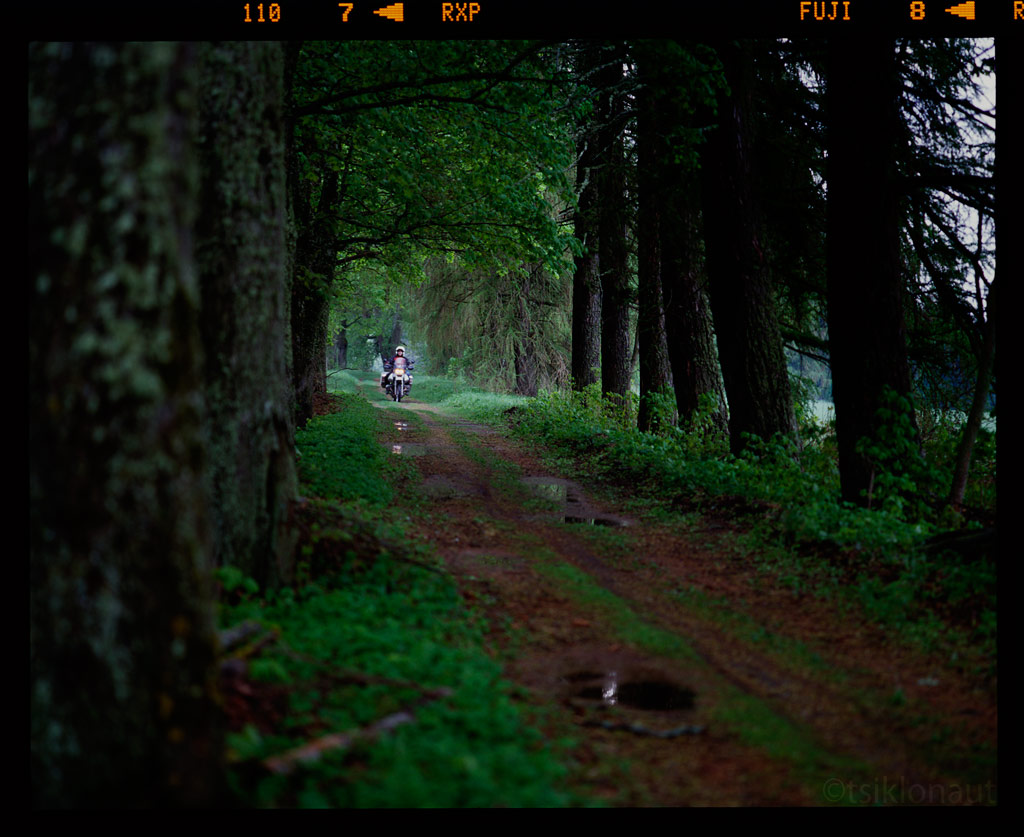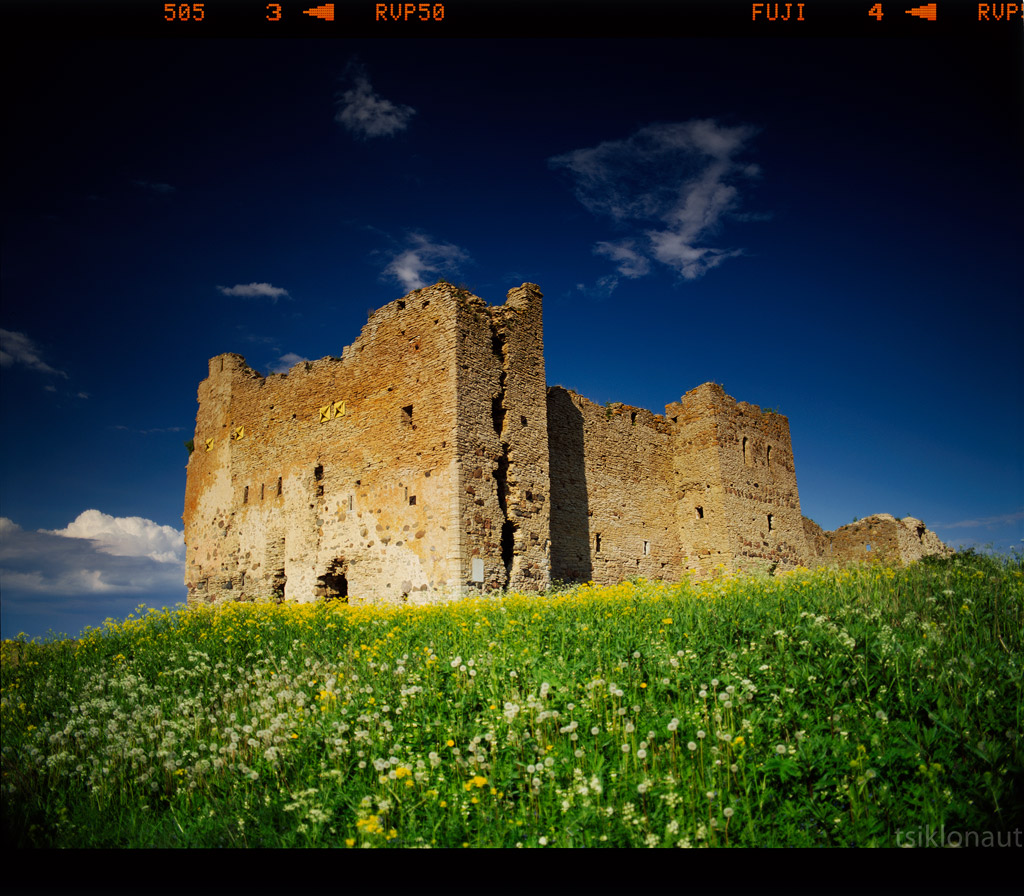Photo_Smith
Well-known
I think the scans are wonderful, but the geek in me would like to see a 20x enlargement inset of some highly detailed part...
🙂
🙂
Tänud! Ei pea kade olema - jagan neid rõõme ka teiste analoogiinimestega kel kvaliteetset skänni vaja 🙂
The copper mine...amazing. What camera and lens did you shoot that with?









Not to mention the problem with Silverfast and that it CANNOT scan a 3x12 cm strip @5080dpi in both SF for Windows or SF for Mac with out a) totally crashing on the Windows machine or b) distorting the image on the Mac side.
I won't get into all of the bloody details about how many scsi cards I bought or why I have two G5's and a PC box laying around. Not to mention the problem with Silverfast and that it CANNOT scan a 3x12 cm strip @5080dpi in both SF for Windows or SF for Mac with out a) totally crashing on the Windows machine or b) distorting the image on the Mac side. Does not matter if I use a Ratoc adapter, Scsi card, OSX, OS9 or Windows XP... But I won't get into all of that. Bottom line for me if I want to scan a 6x9 negative at 5080dpi and then stitch them together then I have to use OS9 and the leafscan 2.2 plugin for photoshop. In my case photoshop 5.
But hey I like a project 🙂
I bet this is some kind of memory/buffer issue related to SF and/or Windows itself. 30x120mm@5080, 48-bits, is 823MB. Have you tried scanning at 8-bit/channel or in black and white with these 30x120mm images? It'd be interesting to see if that solves the issue. Then again it's a 6000x24000px image and there may be some other kind of internal limitation.



I didn't think SCSI cards work in OS X or with a G5. I could be wrong there just I've never heard anyone getting one to work in any version of OS X.
I too think the highlights are films ace in the hole, congrats on your results and your persistence.
Welcome! Nice shot Ned and thanks for the awesome very first post in the RFF.
Although Leafscan 45 is a CCD scanner, but definitely a high-end side of the scanners.
Know what you mean about SCSI annoyance - it's a tech-adventure in its own to "develop" a stable running scanning combo (SCSI scanner+SCSI computer). I've also replaced multiple computers and SCSI cards, from G3 to G4 and a lot of annoying time wasted on unstable running and experimenting with different hardware/software settings.
Yep, there are often internal hardware limits. Especially on CCD scanners since they take the samples in multi-pixel "chunks" thus the lens-distortions and sample-merging processes can start to play in distorting/degrading the overall image and geometry. I.e. Hasselblad/Imacon high-end CCD-scanners, where you can scan small 35mm frame up to some 6300-8000ppi while the same scanner is limited to 3200 for 120 film or only 2050ppi for 4x5" film since for the CCD array it's technically complicated to handle large surfaces with this particular technology. Hasselblad users also often stich multiple multiple scans, but the software-merging creates its own set of quality- and geomery degrading problems. With drum scanners there aren't such internal hardware limits since it scans single-pixel-at-a-time, but often it's the software side that limits - usually it's max 2GB per frame (too big files to handle during rendering/copying, especially with the older computers that those SCSI machines usually were). But there are ways around and some high-end scanning softwares natively allow a lot more, some even rediculous 20GB+ per frame.
Margus

